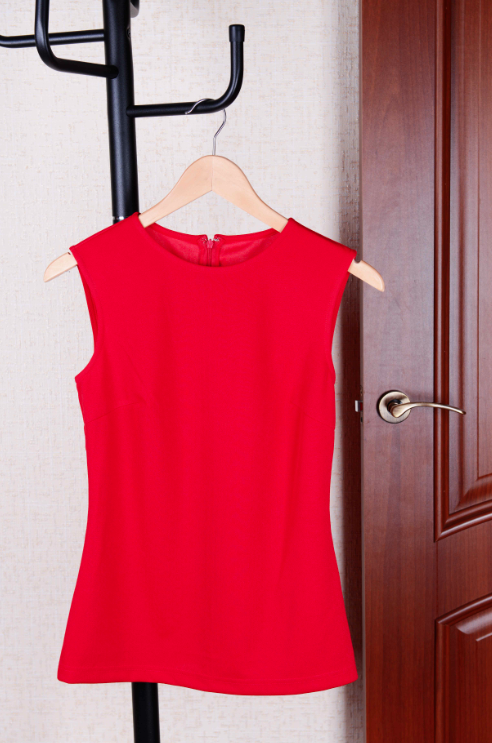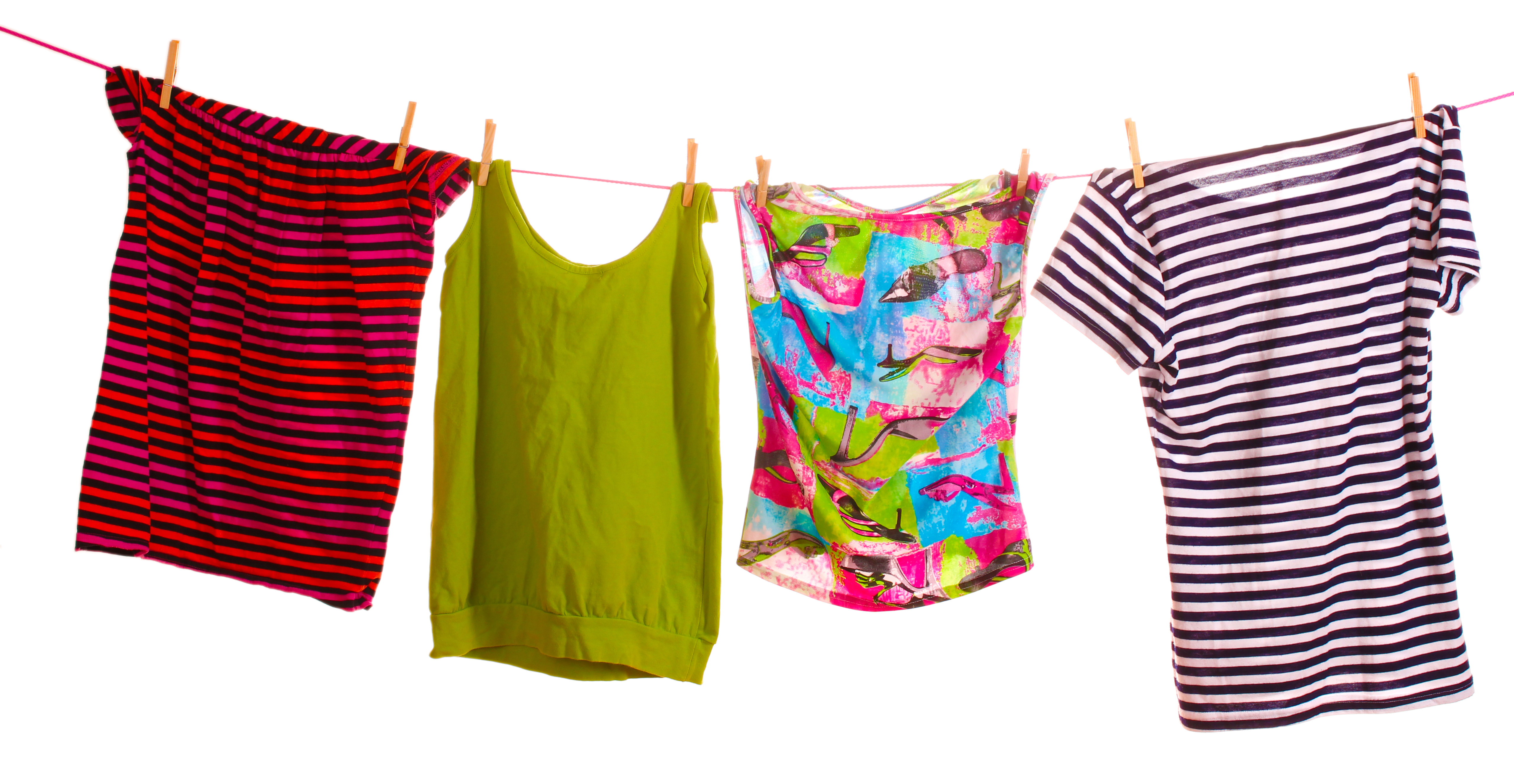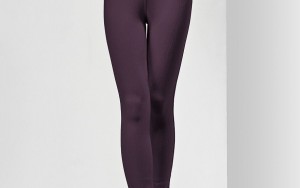The environmental impact of your wardrobe doesn’t stop at production: Until I did some research it had never occurred to me that how I cleaned my clothes had such a significant impact on how environmentally friendly they were. I knew, of course, that dry cleaning used intense chemicals and that anything that involved heat required extra energy, but I hadn’t realized how much!
How you care for your clothes has a significant impact on its carbon footprint. Yes, manufacturing clothing can require petrochemicals, extensive water usage, pesticides, toxic chemicals and dyes, not to mention the energy needed to ship clothes around the world. It makes you wonder if there is anything we can directly control (other than our purchasing choices, of course) when it comes to our wardrobe without further depleting the environment’s resources!
The answer is yes, there is. How you care for your clothes directly impacts your wardrobe’s eco-friendly status.
Of course, being cognizant of how much you own and what fabrics you buy are crucial steps. But, they are not the end of the story when it comes to how much impact your wardrobe habits have on the environment. How they are cleaned changes everything!
No matter what you do, it takes energy to clean your clothes. Every time you run the washing machine, dryer or take something to the dry cleaner you use energy. The laundry detergent you use affects the environment as do things like fabric softeners and dryer sheets not to mention the chemicals involved in dry cleaning. The more you clean your clothes the less eco-friendly your clothing becomes.
Of course, you cannot run around with smelly clothes, but it is so easy to drop something in the dirty clothes hamper more from habit than because the clothes really need washing.
What can you do? Use these tips to save your clothes and the environment:
Stop Over-Washing Your Clothes
- Let your clothes breathe after each wearing. I have a hook on the outside of my closet door and that’s where I hang every item I wear before it goes back in the closet. After it airs out overnight I determine if it needs to be washed or can endure another wearing. Letting the air circulate helps dissipate odors. And, it is just one more reason not to have too many clothes in your closet. When your clothes are all squished together they can’t breathe and odors and stains become more stubbornly lodged in garments requiring more frequent cleaning or replacement. Save money and the environment by airing your clothes between wearings.

Your bras are a perfect example. Unless you are perspiring profusely, your bras do not need to be washed after every wearing. In fact, they can easily go through 3 or even 4 wearings before washing if you are just going about your day, especially in the winter. And, when you do wash them, never put them in the dryer. The agitator in the washing machine, heavy-duty detergents and heat all conspire to destroy the delicate fibers of your bras and will significantly reduce their lifespan.
Spot Clean Whenever Possible. Yes, sometimes things get so totally stinky or messy that a good washing is the only answer. But, there are also plenty of times, when a little spot cleaning will do the trick. This article, “Eco-Friendly Secrets to Removing 15 Common Stains,” can help you decide not only what can be spot cleaned but also how to do it in the greenest way possible.
- Home washing is preferable to dry cleaning. Sure, there are always some items that cannot be washed at home. The fewer items like that you own the better and, again, letting them breathe between wearings will reduce the number of times they need to be dry-cleaned. Dry cleaning uses very toxic chemicals (there are even questions about ‘green’ dry cleaners not being that green, but I can’t really speak to that). Even if you purchased an item that was manufactured in an earth-friendly way, the fact that it needs to be constantly dry-cleaned can negate some of the benefits of its original production. If an item does require dry cleaning, look for a green dry cleaner (in case they really are better) and dry clean as infrequently as possible.
Eco-Friendly Laundry Tips
Use Energy-Efficient Appliances. When it is time for me to replace my existing washer and dryer the first thing I will check is the energy efficiency rating. They can reduce both the amount of water and electricity needed for each load saving you money and having a lighter footprint on the environment.
Use cold water. It takes a lot of energy to make your water hot and the heat is detrimental to many fibers. Doing most of your wash in cold water helps its eco-friendly status. I wash everything except my towels in cold water. And, even those I wash in hot but rinse in cold. (If I don’t wash them in hot water they eventually become smelly so using hot water to wash them is preferable to constantly having to replace my sets of towels.)
Wash Only Full Loads. Wait until you have a full load of laundry to do it for obvious reasons.
Use Biodegradable Laundry Detergent. For nearly 30 years I have used Shaklee laundry eco-friendly detergent. If I run out, I supplement it with Seventh Generation laundry detergent. I have never had a problem with stains not coming out or clothes not getting clean so as far as I can tell, they are as good as less eco-friendly brands when it comes to cleaning. And, in both cases, especially Shaklee (I use 1/8 cup per load), they are so concentrated that they are very economical to use.
No More Dryer Sheets. Not only do dryer sheets contribute to landfills, but they are dangerous. For years I used Shaklee’s liquid ‘Soft’ concentrated fabric softener. I diluted it in a spray bottle and sprayed it in the dryer to reduce static. It worked very well. When they came out with dryer sheets I switched—it seemed more convenient. Then, one day my dryer was acting funny. It kept turning off each time I tried to start it. I finally took a peek in the dryer and sure enough one of the dryer sheets was plastered against the air vent. Thankfully, my dryer knew enough to turn itself off because it was overheating! That was the last time I used dryer sheets of any kind! I immediately went back to using the liquid fabric softener and can rest easily on many counts.
Air dry. I drive my poor partner crazy because most of my clothing is washed in cold water and air-dried. I own very few things that go in the dryer. This is for several reasons.
- So many clothes contain elastane to give them stretch and heat destroys it so this way my clothes last longer.
- If something is prone to shrinkage, heat will make it shrink. I find it so annoying when a pair of jeans is suddenly an inch too short and has to be replaced.
- Heat fades my clothes (especially anything made out of cotton) and I want to maintain the vibrancy of the original color.
- It is better for the environment and reduces my electricity bills since the dryer is one of the most energy intensive appliances in the house.

See how easily you can incorporate each of these eco-friendly laundry tips. This is not something that has to take hours of planning or researching—just make yourself a little note to incorporate these changes if you aren’t already so the next time you do a load of laundry (or think about whether to throw something in the hamper) you begin to acquire a new ‘green’ habit.







